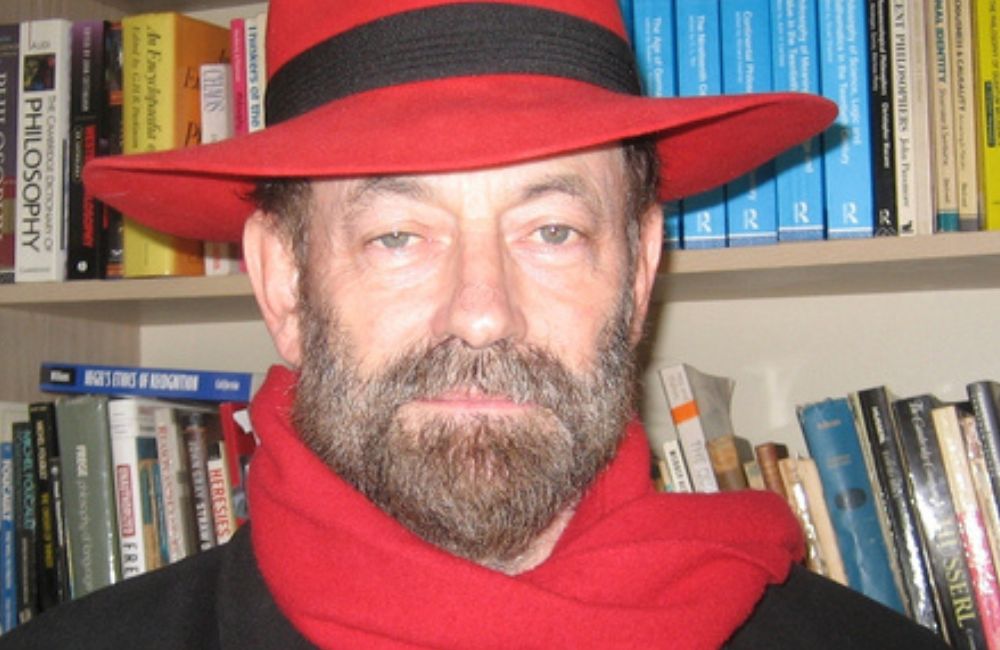Alongside Gustav Klimt and Egon Schiele, Oskar Kokoschka (1886-1980) belongs to the prominent triad of Viennese Modern Art. His debut at the Kunstschau in Vienna, an exhibition celebrating the emperor’s diamond jubilee in 1908, became a major scandal. The same is true for the premiere of his “Murder, Hope of Women,” one of the first expressionistic plays in literary history, in the following year. As „Oberwildling“ he received mostly scathing criticism, but it gave him access to the avant-garde circles around Karl Kraus, Arnold Schönberg, and especially Adolf Loos. The latter became his mentor, and sent him to Switzerland, Berlin and Munich. Promoted by curators, art historians and dealers, Kokoschka’s international career as a radical young talent began. Nevertheless, he continuously felt himself to be the victim of conservative Viennese art critics throughout his entire life. He was convinced that his damnation as a “degenerated artist“ by the Nazi cultural policy, that had already started in the 1920s was rooted in his early, long lasting damnation. In this recording of a live online lecture that formed part of the BRLSI’s virtual symposium: “A New Worldview: Vienna’s Contribution to European Culture 1890 to 1935,” Dr. Bernadette Reinhold (Director of the Oskar Kokoschka Centre and Senior Scientist at the Art Collection and Archive, University of Applied Arts in Vienna) explores all aspect’s of this controversial artist’s work and life.
If you enjoyed this talk, click here to take a look at our Literature and the Arts page.



